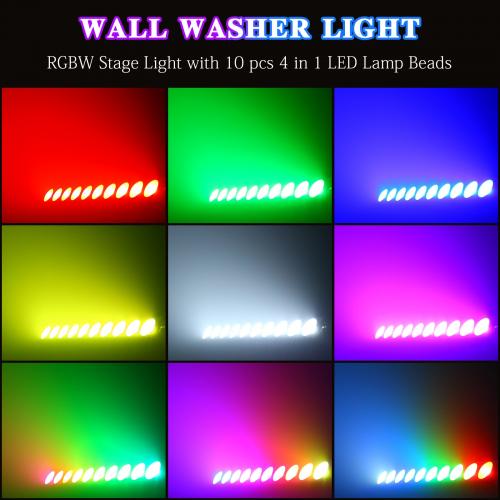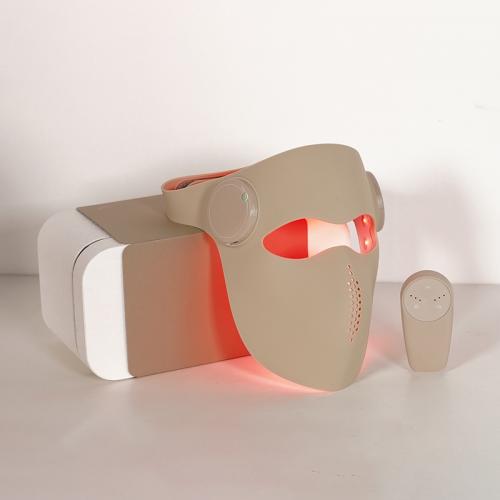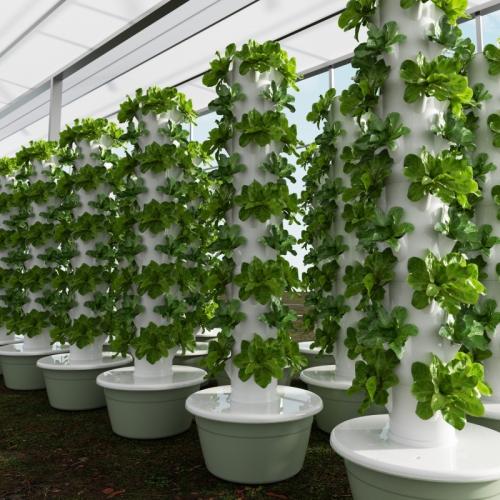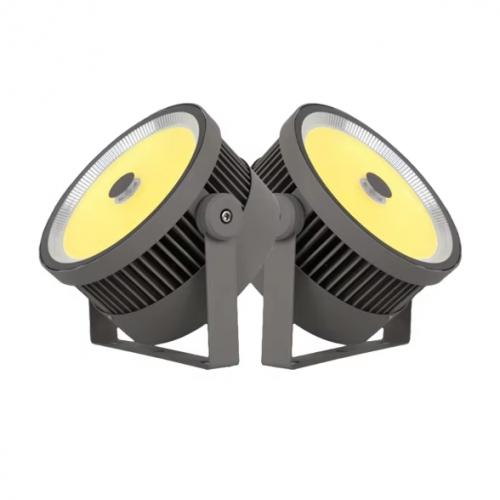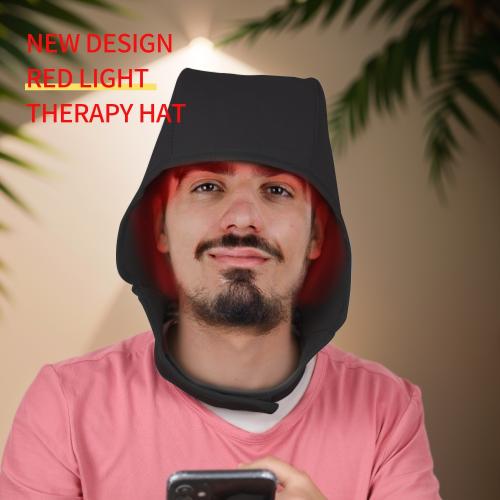What kind of light is best for growing plants?

When it comes to growing plants, one of the most critical factors to consider is the type of light you provide. Light is essential for photosynthesis, the process by which plants convert light energy into chemical energy to fuel their growth. However, not all light sources are created equal, and choosing the right one can significantly impact the health and productivity of your plants. In this article, we'll delve into the different types of light available for growing plants, their benefits and drawbacks, and how to select the best option for your needs.
Natural sunlight is the ideal source of light for plant growth. It provides the full spectrum of light wavelengths that plants need for photosynthesis, including ultraviolet (UV), visible, and infrared (IR) light. However, not everyone has the luxury of access to abundant natural sunlight, especially those living in urban areas or regions with long winters. This is where artificial lighting comes into play.
The most common types of artificial lighting used for growing plants indoors include fluorescent lights, high-intensity discharge (HID) lights, and light-emitting diode (LED) lights. Each of these has its own set of advantages and disadvantages.
Fluorescent lights are a popular choice for indoor gardening due to their affordability and energy efficiency. They are particularly effective for growing seedlings and young plants because they emit a cool light that doesn't produce much heat, reducing the risk of burning delicate foliage. Fluorescent lights come in two main types: T5 and CFL (compact fluorescent lamps). T5 lights are more efficient and provide a higher light output compared to CFLs, making them a better choice for more demanding plants. However, fluorescent lights generally lack the intensity needed for flowering and fruiting plants.
HID lights, including metal halide (MH) and high-pressure sodium (HPS) lamps, have been a staple in indoor gardening for decades. They produce a high-intensity light that is well-suited for flowering and fruiting plants. MH lights emit a bluish light that is ideal for vegetative growth, while HPS lights produce a reddish light that promotes flowering and fruiting. One downside of HID lights is that they generate a significant amount of heat, which can necessitate additional cooling systems to prevent overheating in your growing area. They also consume more energy compared to other lighting options.
LED lights have gained immense popularity in recent years due to their energy efficiency, long lifespan, and versatility. They can be tailored to emit specific wavelengths of light, allowing growers to create a customized light spectrum that meets the needs of their plants at different growth stages. LEDs produce minimal heat, reducing the risk of heat stress on plants and lowering cooling costs. While the initial investment in LED lighting can be higher than other options, the long-term savings on energy bills and bulb replacements often make them a cost-effective choice. Additionally, advancements in LED technology have made them capable of producing light intensities comparable to HID lights, making them suitable for all stages of plant growth.
When choosing the best light for growing plants, consider the specific needs of your plants and the growing environment. For example, if you're growing leafy greens or herbs indoors, fluorescent lights may suffice. However, if you're cultivating fruiting plants like tomatoes or peppers, you might need the intensity of HID or LED lights to ensure optimal growth and yield.
It's also essential to consider the light spectrum your plants require. During the vegetative stage, plants benefit from blue light, which encourages strong, healthy growth. As they transition to the flowering and fruiting stages, red light becomes more critical, promoting blooming and fruit development. Many modern LED grow lights offer adjustable spectrums, allowing you to switch between blue and red light as needed.
In addition to the type of light, the duration and intensity of exposure are crucial factors in plant growth. Most plants require about 12-16 hours of light per day during the vegetative stage and slightly less during the flowering stage. It's important to mimic natural light cycles as closely as possible to avoid stressing your plants.
The distance between the light source and the plants is another consideration. Placing lights too close can cause heat damage, while positioning them too far away can result in insufficient light intensity. Each type of light has its own optimal distance range, so be sure to follow the manufacturer's recommendations.
In conclusion, the best light for growing plants depends on various factors, including the type of plants you're growing, the stage of growth, and your specific growing conditions. While natural sunlight is always preferable, artificial lighting options like fluorescent, HID, and LED lights offer viable alternatives for indoor gardening. By understanding the benefits and limitations of each type of light and tailoring your setup to meet your plants' needs, you can create an optimal growing environment that promotes healthy, productive plants.

 Afrikaans
Afrikaans Čeština
Čeština Dansk
Dansk Deutsch
Deutsch Español
Español Francais
Francais Italiano
Italiano Magyar
Magyar Nederlands
Nederlands Norsk
Norsk Polski
Polski Português
Português Română
Română Slovák
Slovák Suomi
Suomi Svenska
Svenska Tiếng Việt
Tiếng Việt Türk dili
Türk dili Ελλάδα
Ελλάδα Русский
Русский اللغة العربية
اللغة العربية แบบไทย
แบบไทย 中文繁體
中文繁體 日本語
日本語 한국인
한국인
